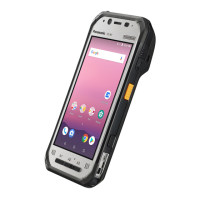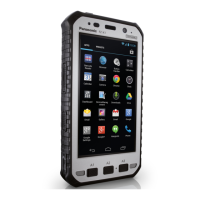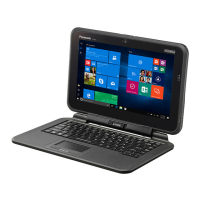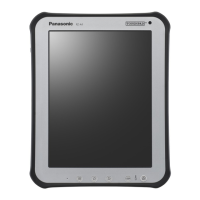Introduction
Illustrations and Terminology in this Manual
This manualexplains using the default setting.
Some illustrations and displayexamplesmay look different from the actual product.
Some types of software are automatically updated, and differences may occur from descriptions in this manual.
If you do not sign in as an administrator, you cannot use some functions or cannot display some screens.
Terms and illustrations in these instructions.
CAUTION: Conditions that may result in minor or moderate injury.
NOTE: Useful and helpfulinformation.
The displayof the key maybe different from thismanual according to the keyboard used. (e.g. “Delete” instead of “Del”)
Touch - :
This description instructs the user to touch (Start) first, and touch (Power) next.
<Only when connected to the external keyboard>
≪ Enter≫ : Thismeans to pressthe ≪ Enter≫ key.
≪ Alt≫ + ≪ Del≫ :
This means to pressand hold ≪ Alt≫ key, and then press≪ Del≫ key.
In these instructions, the names are referred as follows.
“Windows 10 Pro” as “Windows” or “Windows 10”
“Multilanguage User Interface” as “MUI”.
The computer screen supporting touching methods (your fingers) is referred to as the “screen”.
In thismanual, microSIM card is collectively referred to as SIM card.
Regarding Windows 10
Tablet mode and Desktop mode
Windows 10 offers the tablet mode optimized for the touch panel operation, and also the desktop mode in which operation isperformed using the key-
board and touch panel.
The mode can be switched by touching (Notification), and then touching (Tablet mode).
N O T E
n
Displaying the task tray notification icons ( ) in tablet mode.
1. Touch and hold on an empty location on the taskbar.
2. Touch [Show allnotification icons] on the menu that appears.
appears on the task tray. Touch to display the notification icons.
Screen messages
Screen messages are explained in [English (United States)].
- 4 -

